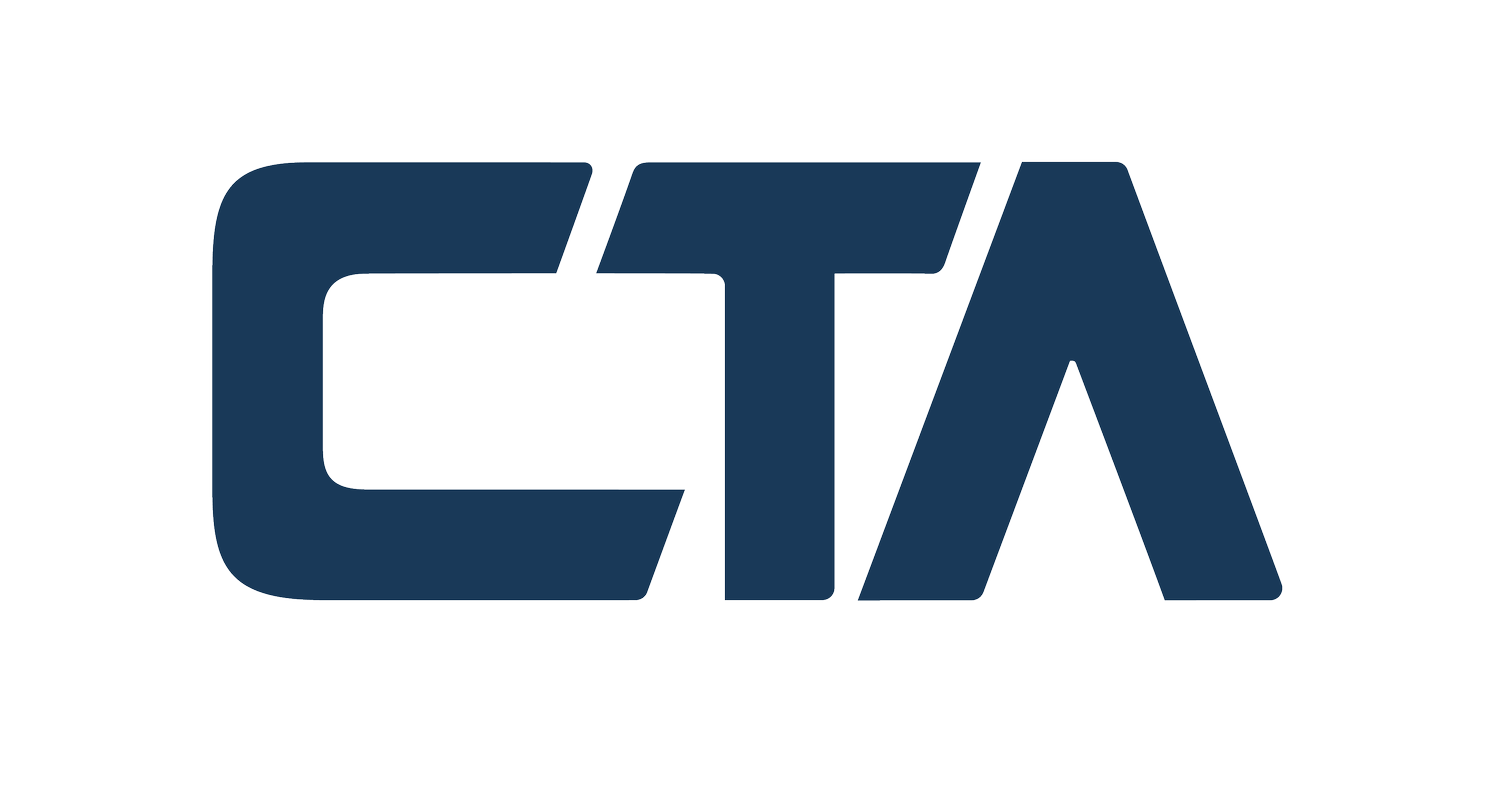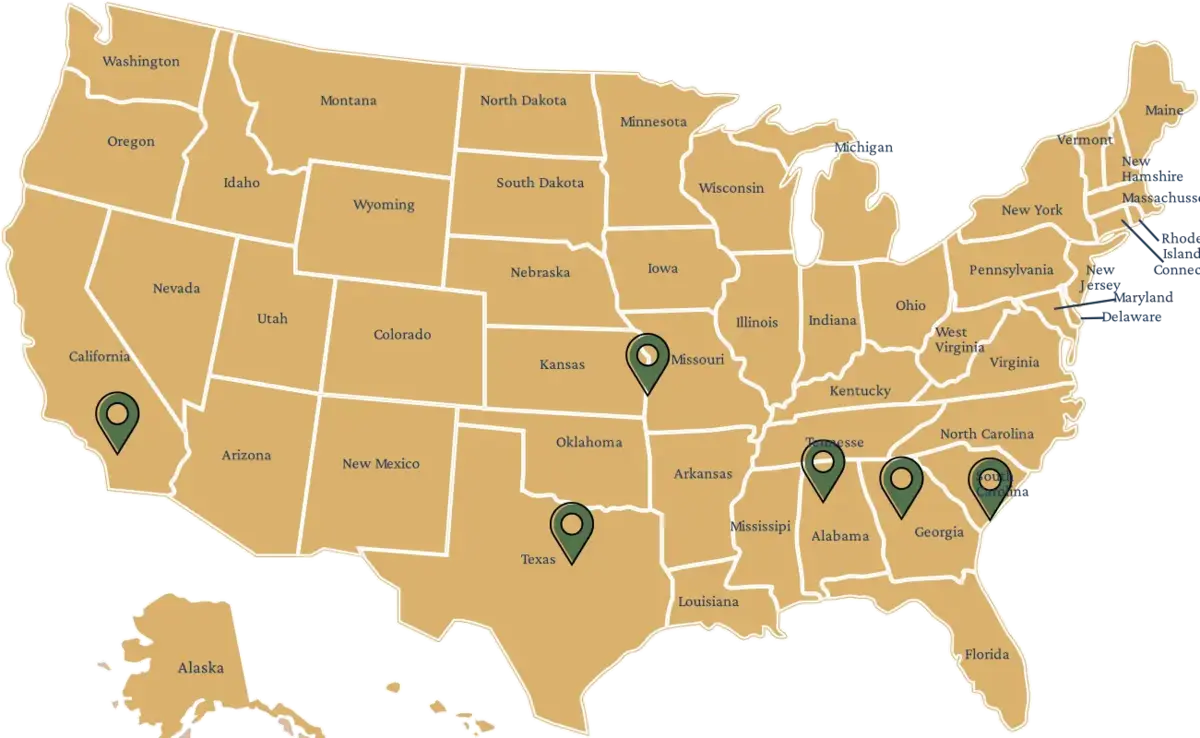In the ever-evolving landscape of fiscal responsibility and community impact, non-profit organizations are continually seeking innovative ways to maximize their resources and expand their reach. One often overlooked avenue for achieving these goals is through leveraging state tax credit initiatives. These initiatives, designed to encourage investment in specific areas such as education, community development, and renewable energy, can offer non-profits a unique opportunity to enhance their funding and operational efficiency. Let’s dive into state credit initiatives.
Understanding State Tax Credit Initiatives
State tax credit initiatives are policies put in place by state governments to incentivize certain behaviors or investments that align with public policy goals. These credits can be applied against state tax liabilities, making them a valuable tool for organizations looking to optimize their financial strategies. For non-profits, these credits can often be sold or transferred, providing an essential source of revenue.
Types of State Tax Credits Relevant to Non-Profits
- Educational Improvement Tax Credits: These credits are designed to support educational programs, including scholarships and educational improvement organizations. Non-profits in the education sector can benefit significantly from these credits.
- Community Development Tax Credits: Aimed at revitalizing communities, these credits support affordable housing, job creation, and community services. Non-profits working in these areas can leverage these credits to fund their projects.
- Renewable Energy Tax Credits: These are available for projects related to renewable energy sources like solar and wind power. Environmental non-profits can use these credits to support their green initiatives.
How Non-Profits Can Utilize State Tax Credits
- Direct Utilization: Non-profits can directly use tax credits to offset their own state tax liabilities, if applicable.
- Selling or Transferring Credits: Many non-profits, especially those exempt from state taxes, can benefit by selling or transferring their credits to other entities that can use them.
- Partnerships with Businesses: Non-profits can partner with businesses that can utilize these credits, creating a mutually beneficial relationship.
Case Studies and Success Stories
Organization: Baltimore Community Development Corporation (BCDC)
Background:
BCDC is a non-profit organization focused on revitalizing underserved neighborhoods in Baltimore. Their mission includes affordable housing development, supporting small businesses, and community engagement projects.
Challenge:
Baltimore, like many urban areas, has neighborhoods that suffer from economic disinvestment, high unemployment, and deteriorating housing stock. BCDC aimed to address these issues but faced significant funding challenges.
Utilization of State Tax Credits:
- Community Investment Tax Credits (CITC):
- BCDC applied for and received Community Investment Tax Credits from the state of Maryland.
- These credits incentivize individuals and businesses to donate to approved non-profit projects by offering a state tax credit equal to 50% of the value of the contribution.
- BCDC used these credits to attract more donors, as donors could reduce their Maryland state tax liability significantly.
- Historic Rehabilitation Tax Credits:
- For projects involving the restoration of historic buildings, BCDC utilized Maryland’s Historic Rehabilitation Tax Credit program.
- This program offers tax credits for the rehabilitation of historic structures, which BCDC used in projects that involved converting old buildings into affordable housing or community centers.
- These tax credits were sold to investors, providing upfront capital for the rehabilitation projects.
- Low-Income Housing Tax Credits (LIHTC):
- BCDC engaged in several affordable housing projects using LIHTC.
- This federal tax credit, administered at the state level, encourages private investment in affordable rental housing.
- BCDC partnered with developers who utilized these credits to finance the construction or rehabilitation of affordable housing units.
Impact:
- Increased Funding: The tax credits significantly boosted BCDC’s fundraising efforts, attracting both individual and corporate donors.
- Affordable Housing: Several affordable housing projects were completed, providing quality housing to low-income families.
- Economic Development: The restoration of historic buildings and support for small businesses led to job creation and economic stimulation in distressed neighborhoods.
- Community Engagement: The projects fostered a sense of community pride and engagement, with residents taking an active role in the revitalization efforts.
BCDC’s strategic use of state tax credits exemplifies how non-profits can leverage such financial tools to amplify their impact. By attracting more funding, engaging in meaningful projects, and fostering community development, BCDC made a substantial difference in Baltimore’s underserved neighborhoods. This case serves as a model for other non-profits seeking innovative funding solutions to address complex social issues.
Navigating the Complexities
While the benefits are significant, navigating the complexities of state tax credit programs can be challenging. It’s essential for non-profits to seek expert advice from Corporate Tax Advisors to understand the specific requirements and processes involved. Firms like Corporate Tax Advisors specialize in guiding organizations through these intricacies, ensuring that they can maximize the benefits of these initiatives.
Conclusion
State tax credit initiatives offer a unique and powerful tool for non-profits to enhance their funding and further their mission. By understanding and utilizing these credits, non-profits can unlock new opportunities for growth and impact. As with any financial strategy, it’s crucial to seek expert guidance to navigate the complexities and maximize the potential benefits.








